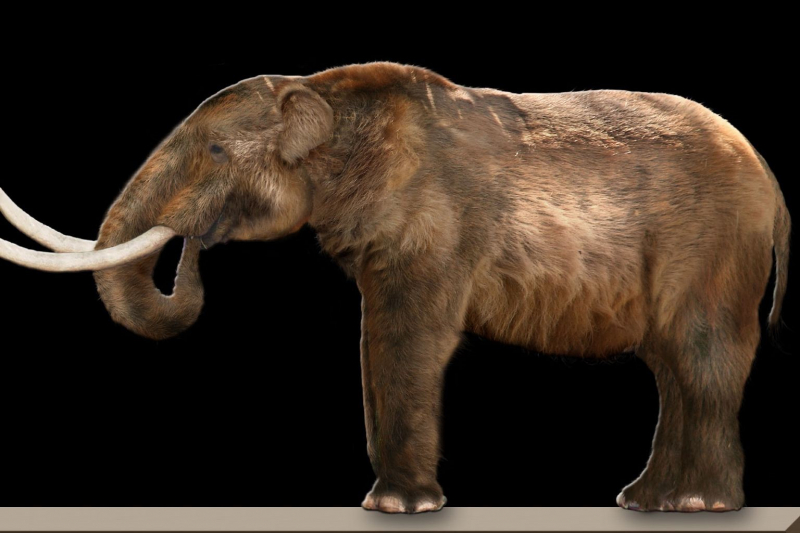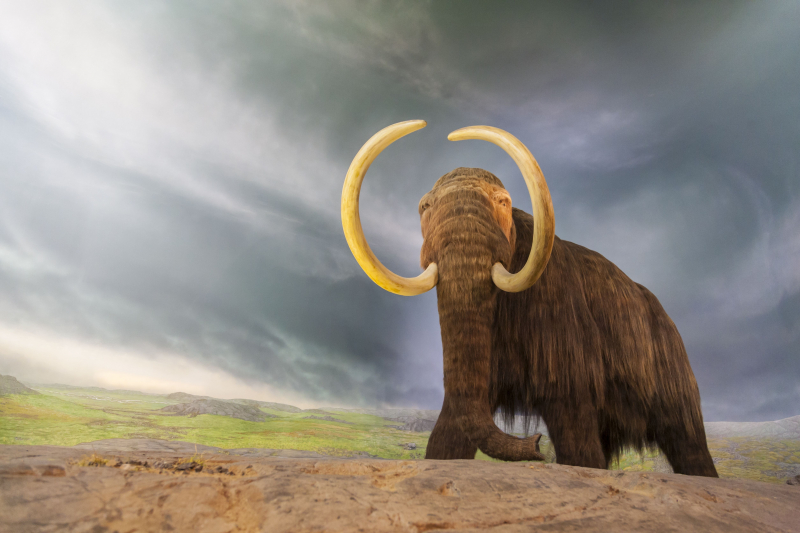Mastodons Were Named for Their Teeth
Mastodons and mammoths are sometimes confused, yet they were different creatures with distinct characteristics. The tusks of a mastodon were straighter and shorter. A mastodon, in contrast to a mammoth, which was a grazer that fed on grasses, consumed tougher foods and had teeth that were very different from the smooth, flat teeth of a mammoth. And that's a pretty important nuance. The teeth's name, mastodon, was formed from the Greek words for "teeth" and "breast" by the French taxonomist Georges Cuvier, who reportedly believed that the teeth resembled breasts.
A mastodon tooth appears like a cross-section of a strange cave with stalagmites, in contrast to a mammoth molar's flat and smooth appearance. The tooth's many protuberances would have helped the critter chew on branches and twigs. When their fossilised remains were initially discovered, it was believed that the teeth appeared like they were covered with nipples, hence the name mastodon, which literally translates to "breast tooth."












